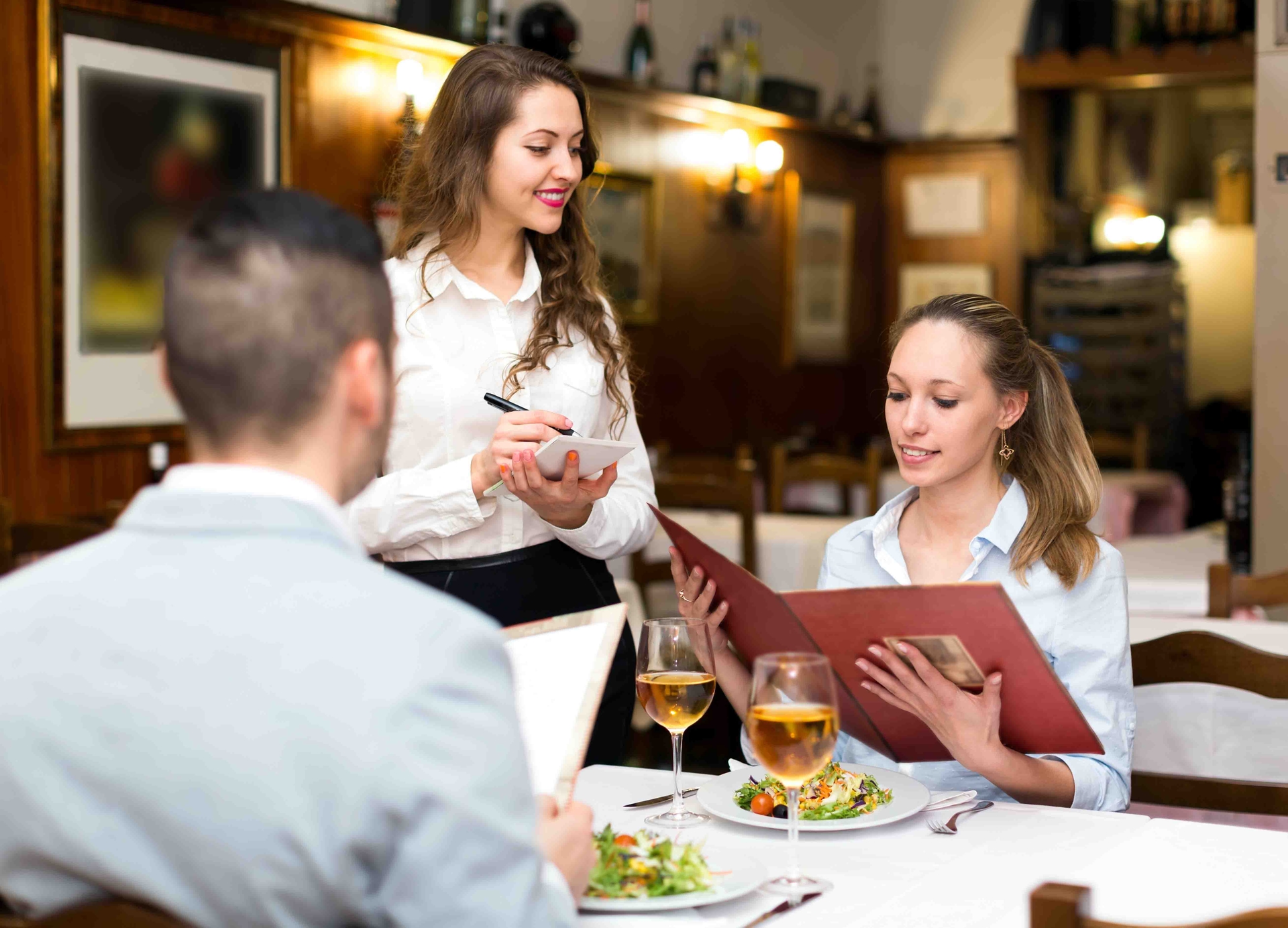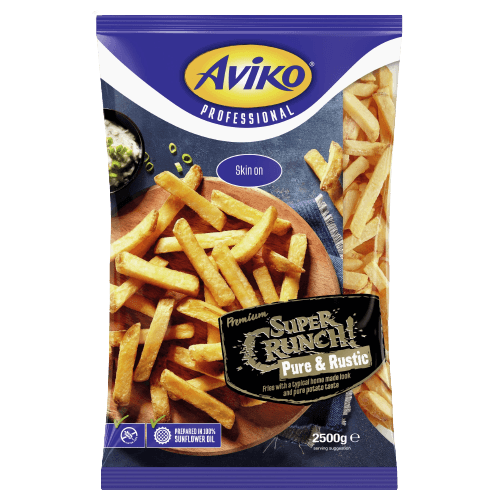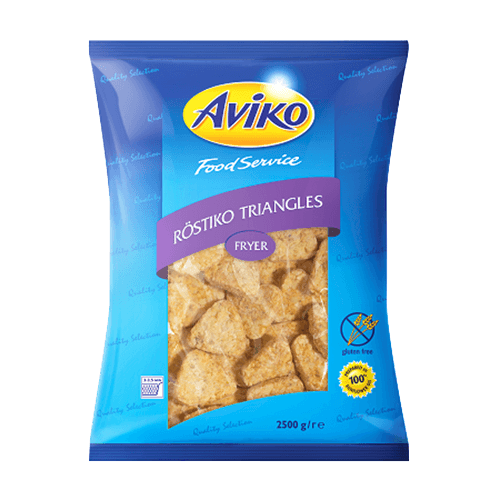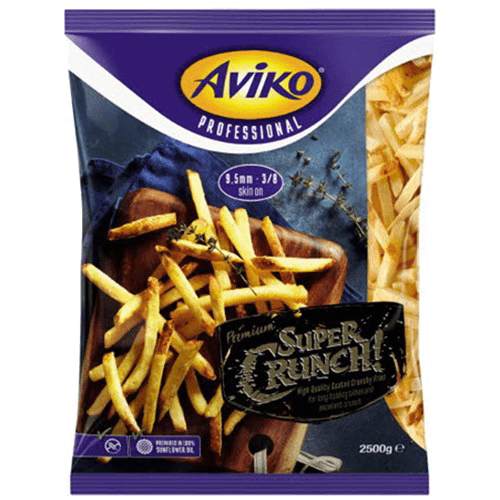
How To Master Menu Pricing
This article discusses the following:
- trends in demand for catering services.
- how sales and pricing mechanisms work in the American catering market.
- why positive emotions of guests are critical in increasing sales.
- how psychology affects the positive reception and success of the menu.
- which marketing tactics justify the price increase and will not upset guests.
- what influences menu pricing, in addition to the cost of the raw material and activities.
- how a Dutch restaurant used scientific research to improve its menu layout.

Industry Insights
The 2023 State of the Restaurant Industry report shows growth in the food service industry, with estimated sales of USD 997 billion in 2023. This global increase is driven by higher prices and an ever-increasing demand for food service. However, it turns out that up to 92% of restaurant owners believe that food cost is a significant problem for their business. The low margin is affected not only by food prices, but also by employees' salaries, rent, and other expenses related to running a restaurant business.
Proper pricing of the menu allows for considering the above costs without sacrificing profits, especially considering the fact that the competition never sleeps. According to forecasts, up to 47% of restaurant owners expect that in 2023 the competition will be fiercer than in previous years. This means that restaurants must develop more innovative and effective strategies, including accurate pricing based on food cost.

Emotions and psychology of menu pricing and repricing
To overcome challenges successfully, the restaurateur must step into the shoes of their customers. This allows them to understand what guests’ expectations are and how they make decisions. This knowledge allows them to apply various engineering techniques; proper placement of the price or stimulating specific emotions in the purchasing process, which are crucial in making decisions.
However, first, the restaurateur must remember that a guest who feels welcome, appreciated, and satisfied is more likely to spend more money when dining. Therefore, taking care of the well-being of customers through friendly, smiling service and an individual approach is crucial. However, negative emotions stirred, for example, by long waiting for food or neglectful service, can discourage the customer from returning.
The US restaurant chain Chicken and Waffle Shack, which operates in more than 25 states, took the concept to heart and decided to study their customer complaints to see how the chain could improve its service. The results showed that in addition to the quality of the food, the most frequently complained aspect of the restaurant's operation was the quality of the service provided and the time it took to respond to complaints. To solve these problems, the chain specifically trained its employees to respond efficiently to customer complaints and provide quality service.
In turn, the River Side Oriental Cuisine restaurant in the Dutch city of Laren decided to approach the guest experience in a very exclusive way. Research was carried out in the restaurant by scientists from the Department of Economics of Petra Christian University, to show how the menu could be redesigned to make it more appealing to customers. The restaurant was recommended to combine food texture variations (e.g., soft or hard, even crunchy texture), to allow different variations within each appetizer, soup, main course, and dessert. Of course, if you decide to reengineer your restaurant's menu in this way, you can also reprice it.
How to construct an offer that will not ruin you
To accurately price your menu items, you need to understand your operational costs. To that purpose, include factors such as a carefully calculated percentage food cost, employee salaries, rent, bills, insurance and other expenses, and analyse them. Only then will you be able to determine the minimum price that will cover all expenses and generate a profit. But verifying the operating prices is not everything.
Price psychology also plays an important role in purchasing decisions. Using the so-called “charm pricing”, where the price ends with a .99 or .95, e.g., USD 19.99 instead of USD 20 can make a dish appear more affordable. Also, listing the most expensive dishes at the end of the menu will make the other items seem more economical. At the same time, in more luxurious restaurants, this pricing tactic will not be necessary. In fact, it is quite the opposite: try to keep the prices rounded to .00.
One good idea is to watch your competition and monitor the prices offered by other similar premises in your area. This will help you keep your prices attractive, but not necessarily the lowest, or with the lowest food cost, for that matter. All you have to do is introduce something unique to the customer into the menu to ensure a reason to raise the prices compared to the competition.

Impress your guests
What activities can surprise guests and make them want to pay more? A clever restaurateur has several mechanisms at their disposal. One of them is a seasonal or limited offer. Think: Starbucks’ pumpkin latte, or Polish winter special at McDonald's, the Lumberjack's Burger. These examples prove that a menu item can be a real allure for guests that makes them come back on a regular basis. Indonesian Burger King, on the other hand, offers a purple burger, including a bun and colour-matched toppings of purple cabbage and blueberries. The menu also includes Korean fried chicken, purple ice cream and purple desserts. Fast food chains also often introduce limited offers, e.g. special burgers or menu options related to movies or events. Such proposals build a sense of exclusivity, motivating guests to visit and... increasing their bill.
Another interesting trick is to introduce menu innovations - new products that could be re-priced, and rightfully so. One example of such an innovation is one by Fettuccine Carbonara Chicken Tacos, which serves cheese noodles inside fried chicken tacos (the place advertises this menu item as "handy" street food). Another trend is vegetarian street food options - again: a great opportunity to re-price a menu item. For example, Betos replaces classic sirloin strips with eggplant and supplements it with eggs, mayonnaise, cheese, tomato and lettuce creating a new version of the "Argentinian burger", i.e. the lomito sandwich, called lomito vegetal.

Recipe for a gold star menu
When pricing the menu, the restaurateur should remember to specify the target group. If your clientèle is a high-income one, then higher prices will not be a problem. However, target groups such as students or families with children will appreciate more economical catering services. It is similar with the location: the more prestigious the address, the more boldly you can raise prices. If you operate in a place where guests from different target groups pass through, it is a good idea to offer multiple price options. This will allow them to choose main dishes and sides according to their budget.
In conclusion, the price is not necessarily a life-and-death matter. If you offer attractive prices and address different target groups, but your dishes are not of high quality or will not appeal to customers, no menu creation tactics will help. Price and quality go hand in hand. Even if you price the dish high, but customers will appreciate it, you increase the chance that they will want to pay for it again.
Building the right menu is not only about analysing the food cost. Setting the final price is also based on a vision of who you want to feed, how, and why. Attracting guests is primarily a matter of knowing and understanding their needs. The perfect restaurant does not exist, but knowing how your customers buy, what they need and how your competition works, you can create the right place for a specific group of people. Not only do you calculate your food cost correctly, but also you will create the right offer, i.e. one that includes the quality of the dish in the selling price. In other words, you will create a restaurant that is profitable without scaring away customers.
Inspire Your Kitchen






